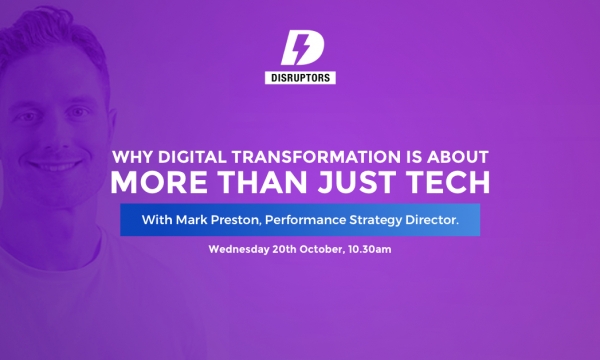The Stickyeyes Consumer Finance Report 2014 makes for great reading if you are a price comparison website. The big six comparison services (Money Supermarket, MoneySavingExpert, Compare the Market, Confused.com, Money.co.uk and GoCompare), collectively, account for 82.75% of the total click share in the financial services market.

But that stat makes for less exciting reading for the traditional financial brands, left to fight over the remaining 17.25% of traffic between them.
The dominance of price comparison sites (PCWs) has pushed out some notable brands. In our 2012 report, HSBC was present in the top 20 for a number of volume terms and had the second highest aggregated click share in the current accounts market, with 13%. Today, HSBC fails to appear prominently in the majority of sub-sectors and its aggregated click share in the current accounts market is down to just 3% - a huge loss of visibility.
High Street brands continue to lose out

The rise of price comparison websites is not surprising. Public perception of PCWs is extremely strong in comparison to traditional financial brands, which are still tainted by media scrutiny on bonuses, their role in the economic recession, high-profile IT failures, public bail-outs and PPI miss-selling.
PCWs have a clear and measurable selling point – to save consumers money. It is a message that many traditional brands are struggling to compete with, so how can they fight back and reclaim that click share?
Stand out from the crowd
Many banking brands have something of an identity crisis. They all look the same, they all sound the same and they all sell the same products in, more or less, the same way. Few brands are standing out from the crowd.
Of course, in a highly regulated and highly scrutinised world, it is incredibly difficult for any brand to stick its head above the parapet, but not doing so is arguably just as risky – especially in a market with such a significant level of customer inertia. Brands have to offer something new, a meaningful difference and a reason to change.
Too few brands in the sector are offering a meaningful or memorable difference to their proposition. This isn’t to say that every bank should start handing out meerkat toys, but it does mean that brands should sell themselves on what makes them better than the competition; be that service, price, convenience or quality.
Play nicely
It’s no secret that consumer confidence in the industry is low. Whilst the collapse of the investment banking sector and bonuses have undoubtedly been the headline issues for the sector, there have been several other incidents that have seen public opinion of the market suffer. PPI, banking charges, administration fees, outsourced call centres, limited lending and many other incidents have slowly eroded consumer trust of the sector.
It’s down to the industry to win back that trust with improved, simpler services. NatWest’s current advertising campaign is focusing heavily on what it claims are “unfair fees” and Barclays have a notable CSR campaign relating to digital media whilst new entrants to the market, such as Metro Bank, are championing enhanced in-branch services.
Scrutiny of the sector will always be huge, more so than any other market, but that doesn’t mean that brands can’t try and win back the trust of their audiences.
Embrace technology

IT failures are making the news. Recent high-profile crashes at RBS and Nationwide have demonstrated that whilst many traditional brands are standing still, trying simply to keep their IT systems running, disrupter brands have been able to embrace technology and use it to empower both their business and their consumers.
Start-up brands in particular are using technology to really upset the financial services market and earn positive sentiment from consumers. We have recently seen the introduction of peer-to-peer lending services to the market, with technology-led brands such as Zopa and Ratesetter offering a completely new proposition to both borrowers and savers. Sites like Kickstarter have also empowered individuals to crowdsource investment in their ideas, rather than relying on established institutions, and Funding Circle has allowed businesses to avoid the traditional banks and seek finance from a community of investors. PCWs followed a similar path – providing a technology solution to a long-standing problem.
Some traditional brands are making strides in this area, but its slow progress. Examples such as Barclays Pingit (mobile payments) and NatWest emergency cash (which allows customers to withdraw cash in the event that they lose their bank cards) are a step in the right direction, but the competition is undoubtedly moving at a much faster pace.
Take the plunge on social media
Social media is undoubtedly the big debating point in the Stickyeyes Financial Services Report, largely because so many brands are yet to overcome their reluctance to embrace it.
As pointed out in the foreword by Edward Chatham, Managing Director of Mapa Research, overseas banks such as Commonwealth Bank in Australia are reaping the rewards of a bold social strategy. There are some positive signs, notably with Barclays, but the rest are failing to make any meaningful impression.
For as long as they lag behind, the more agile PCWs will continue to race ahead, riding on the crest of much more favourable consumer sentiment.



